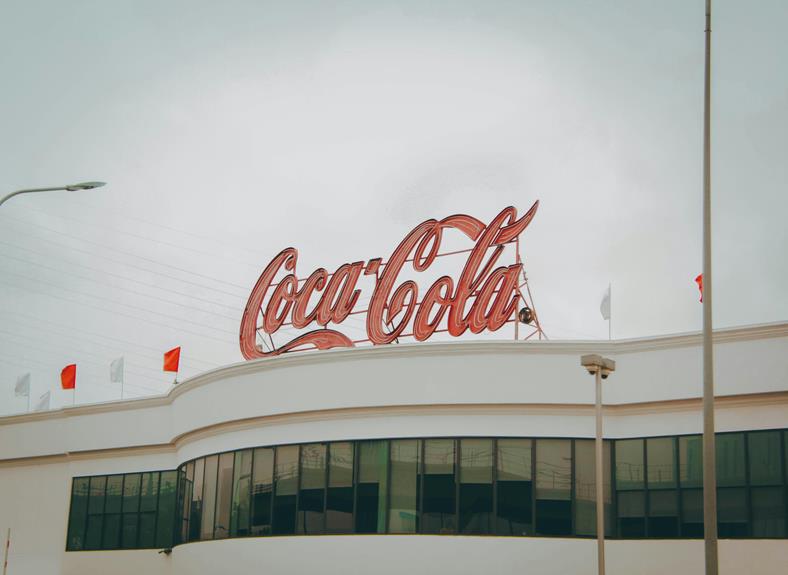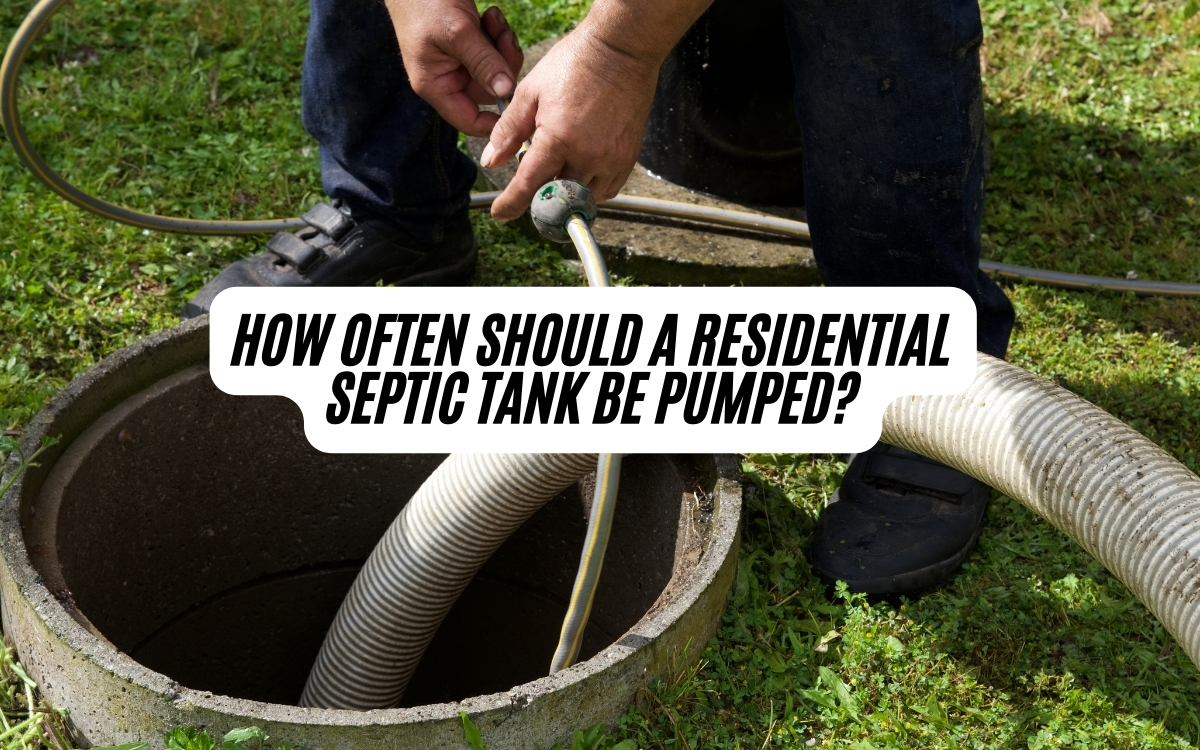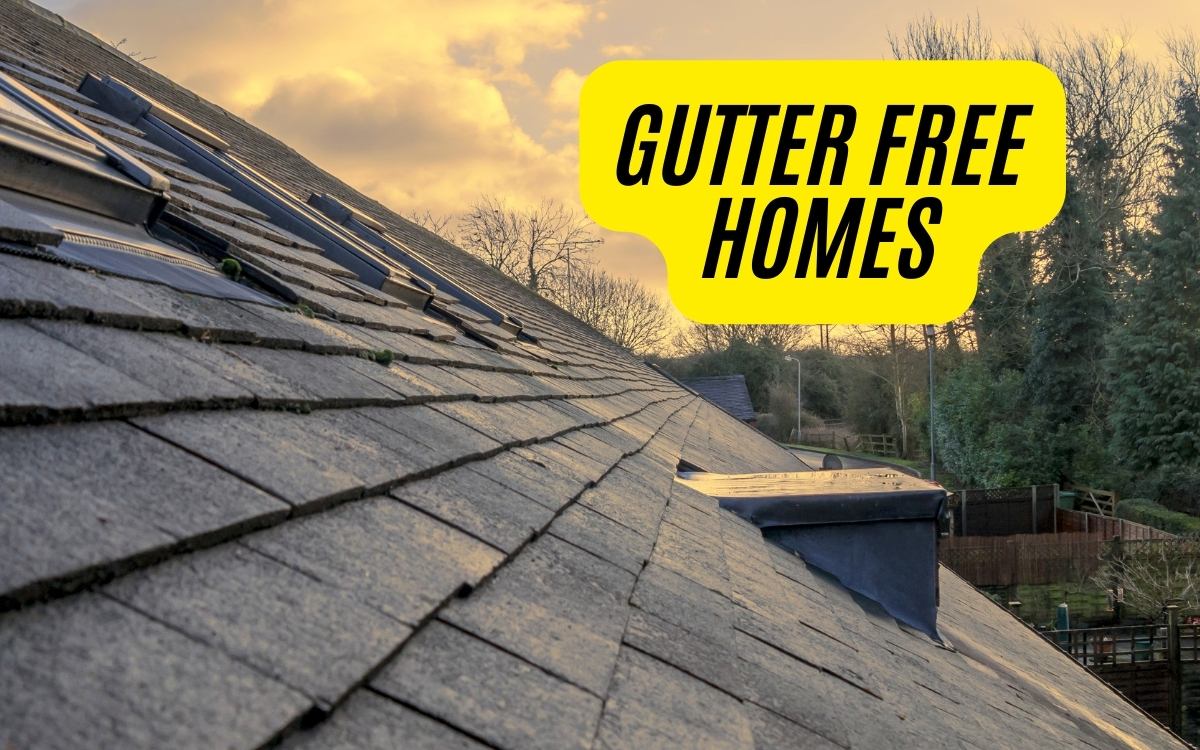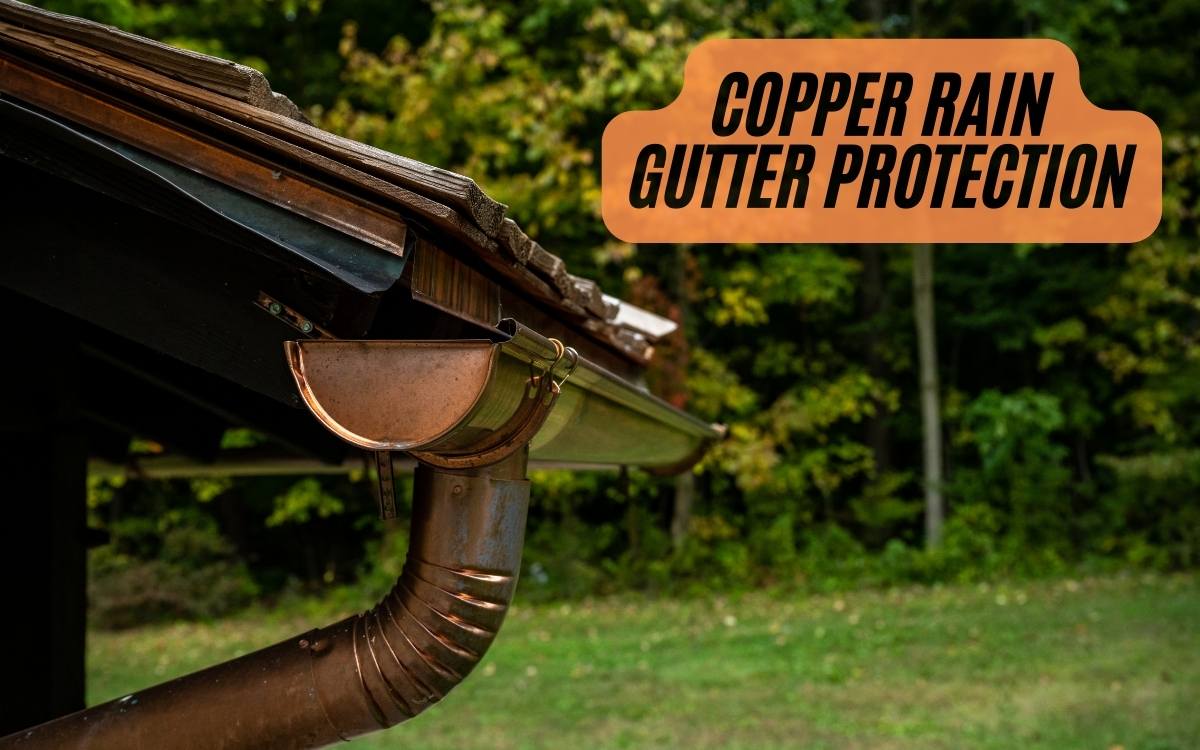Stucco Showdown: Dryvit Takes Center Stage
Dryvit, a leading manufacturer of exterior wall systems, has revolutionized the industry with its innovative approach to stucco, offering a superior alternative to traditional stucco systems. While often confused with traditional stucco, Dryvit provides enhanced water and air barriers, making walls more insulated and airtight. With its patented Outsulation and lightweight yet weather-resistant coating, Dryvit liberates architects and builders from conventional stucco limitations. Its systems cater to various needs, from commercial to residential applications, and offer a durable and customizable exterior finishing option. As you explore the world of stucco, you'll find that the story of Dryvit is only just beginning.
Stucco Vs Dryvit: Key Differences
In the domain of exterior finishing systems, stucco and Dryvit are two prominent options that often get confused with one another.
While both provide durable and attractive exterior finishes, they have distinct differences.
Dryvit is a manufacturer of stucco systems, but the term is often used to refer to the company's materials, leading to confusion.
Traditional stucco can be used as a system on its own, whereas Dryvit is a synthetic stucco used as the final coat of another stucco system, like EIFS, to prevent water from permeating the other layers of the wall.
Understanding the differences between these two options is vital in making an informed decision for your exterior finishing needs.
What Sets Dryvit Apart
While traditional stucco systems have been around for centuries, Dryvit's innovative approach to exterior finishing has revolutionized the industry.
By incorporating foam insulation on the outer surface of the building, Dryvit's systems provide enhanced water and air barriers, making the walls more insulated and airtight. This sets Dryvit apart from traditional stucco systems, which employ metal lath and are suitable for wood and masonry substrates.
Additionally, Dryvit's systems can be used on ICF exteriors, offering a unique solution for modern construction. With its patented Outsulation and lightweight yet weather-resistant coating, Dryvit provides a durable and customizable exterior finishing option that liberates architects and builders from conventional stucco limitations.
Dryvit Systems and Options
Offering a diverse range of systems and options, Dryvit provides architects and builders with the flexibility to choose the ideal exterior finishing solution for their projects.
Dryvit's systems cater to various needs, from commercial to residential applications.
This versatility is reflected in the following options:
- Continuous Insulation System: uses foam insulation on the outer surface of the building.
- Stucco System: uses a scratch and brown coat, similar to traditional three-coat stucco systems.
- Direct Applied System: a simpler system applied directly over masonry, wood, and ICF substrates.
- Panelization System: includes an insulating layer of foam, mesh, a base coat, and a finish coat.
These systems provide architects and builders with the freedom to select the most suitable exterior finishing solution for their projects, ensuring a durable and aesthetically pleasing outcome.
Advantages of Dryvit Stucco
Enhancing exterior facades with Dryvit stucco offers numerous benefits, including its exceptional weather resistance and lightweight properties that reduce the risk of stucco damage.
Dryvit stucco provides a durable and long-lasting solution for exterior walls, allowing homeowners to enjoy a low-maintenance exterior that withstands harsh weather conditions.
Additionally, Dryvit's Outsulation system provides an added layer of protection against water and air infiltration, ensuring a more energy-efficient and comfortable living space.
With its versatility and range of finishes, Dryvit stucco can be customized to fit any architectural style, providing homeowners with a unique and personalized exterior design.
Pricing and Cost Factors
As homeowners ponder Dryvit stucco for their exterior facades, one crucial aspect to examine is the pricing and cost factors involved.
When calculating the cost of Dryvit, several factors come into play, including the size of the area to be covered, the type of system chosen, and the location of the project.
- Material costs: The price of Dryvit itself, which varies depending on the specific system and quantity needed.
- Labor costs: The cost of hiring a professional to install the Dryvit system, which can vary depending on the complexity of the project and the location.
- System type: Different Dryvit systems, such as the Continuous Insulation System or the Stucco System, have different price points.
- Location: The cost of Dryvit can vary depending on the location, with urban areas typically having higher prices than rural areas.
Maintenance and Upkeep Tips
Dryvit stucco's durability and weather resistance make it an attractive option for homeowners, but it's essential to remember that even the most robust materials require regular maintenance to guarantee their longevity.
While Dryvit requires less upkeep compared to traditional stucco, it still needs to be cleaned and inspected regularly to prevent damage. The manufacturer recommends washing the walls and checking for cracks approximately every five years.
Regular inspections are pivotal to confirm the sealant has not deteriorated or broken. By following these simple maintenance tips, homeowners can enjoy the benefits of Dryvit stucco for years to come, while also avoiding costly repairs down the line.
Dryvit Systems in Action
From residential homes to commercial buildings, Dryvit systems have been successfully implemented in a wide range of projects, showcasing their versatility and adaptability.
Whether it's a modern high-rise or a cozy single-family home, Dryvit's innovative solutions have proven to deliver exceptional results.
- Energy-efficient designs: Dryvit's continuous insulation system helps reduce energy consumption and minimize environmental impact.
- Aesthetic versatility: Dryvit's textured coatings offer a wide range of finishes, from modern to traditional, to suit any architectural style.
- Durability and strength: Dryvit's systems are engineered to withstand harsh weather conditions, ensuring long-term performance and durability.
- Sustainable construction: Dryvit's systems can be used in conjunction with sustainable building materials, supporting eco-friendly construction practices.
Frequently Asked Questions
Can Dryvit Be Used on Existing Stucco Systems for Renovation Projects?
Yes, Dryvit can be used on existing stucco systems for renovation projects, serving as an outsulation to enhance insulation, air-tightness, and weather resistance, while also providing a durable, customizable, and low-maintenance exterior finish.
Are Dryvit Systems Suitable for Buildings in High-Wind or Hurricane Zones?
Yes, Dryvit systems are suitable for buildings in high-wind or hurricane zones, as they provide enhanced durability and weather resistance, meeting stringent building codes and withstanding extreme weather conditions.
Does Dryvit Provide Warranty or Guarantee for Its Stucco Systems?
Dryvit offers an exhaustive warranty program, providing up to 20-year coverage on its stucco systems, ensuring protection against manufacturing defects and material failures, giving customers peace of mind and confidence in their exterior façade solutions.
Can Homeowners Install Dryvit Systems Themselves, or Is Professional Installation Required?
While feasible, homeowners are strongly advised against self-installing Dryvit systems due to their complexity, requiring specialized skills and equipment, to guarantee peak performance, durability, and warranty validity, making professional installation the recommended choice.
Are Dryvit Stucco Systems Compatible With Solar Panels or Other Exterior Installations?
Dryvit stucco systems are compatible with solar panels and other exterior installations, as they can be integrated with various exterior finishes, allowing for seamless integration of renewable energy sources and exterior design elements while maintaining weather-tightness and structural integrity.



